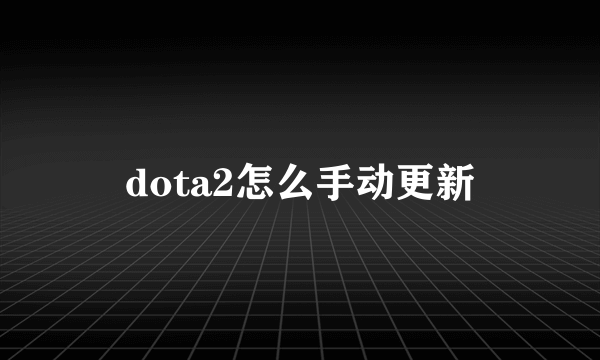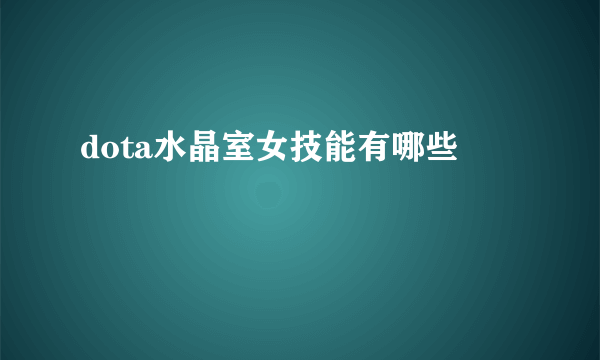
it's
time
to
play
computer
now
it's
time
for
playing
computer
now
是到玩电脑的时候了
这两个句式表达的意思是相同的
只不过一个是to
do
形式
另一个是for
doing
for
后跟
名词或doing
sth.
to
后跟
do
sth.
意思一样,都是‘该是做某事的时候了!’
It's
time
to
get
out
of
here!
;
It's
time
for
getting
out
of
here!
it's
time
to
do
sth和it's
time
for
sth的区别为:指代不同、用法不同、侧重点不同
一、指代不同
1、it's
time
to
do
sth:是时候做某事了。
2、it's
time
for
sth:是干某事的时间了。
二、用法不同
1、it's
time
to
do
sth:to表示交际的动作一般是单向的,to则还可强调所移动的目的地。
2、it's
time
for
sth:for是并列连词,引导的是并列从句,表示原因的语气很弱,一般是对结果作出推断性的补充说明或解释,不表示直接原因,for前多加逗号,for用法较正式,很少用于口语,一般用于书面语。
三、侧重点不同
1、it's
time
to
do
sth:后面的do
sth必须是动词原形。
2、it's
time
for
sth:后面接人物或部门。
it's
time
to
do
sth和it's
time
for
sth区别为:意后接词不同、强调的意思不同、后缀词用法不同。
一、后接词不同。
1、it's
time
to后面接动词原形。
2、it's
time
for后面一般接某人(某部门或机构)+to
do
sth,
也可以直接加sth.
二、强调的意思不同
1、it
is
time
for强调的是:是时候做某事了,重在事情,后面要跟名词(n.)或者动名词(也就是动词+ing=v.-ing)
如:
It's
time
for
the
children
to
sleep.
孩子该睡觉了。
2、it
is
time
to强调的是:是时候做...了,重在动作,后面跟动词(原型v.)或动词短语。
如:
He says it is time to look
for solutions.
他表示,现在正是寻找解决方案的时候。
三、后缀词用法不同
1、for往往含有“向前方的目标运动”的意思。
2、而to则含有“向最终目标运动”的意思。




